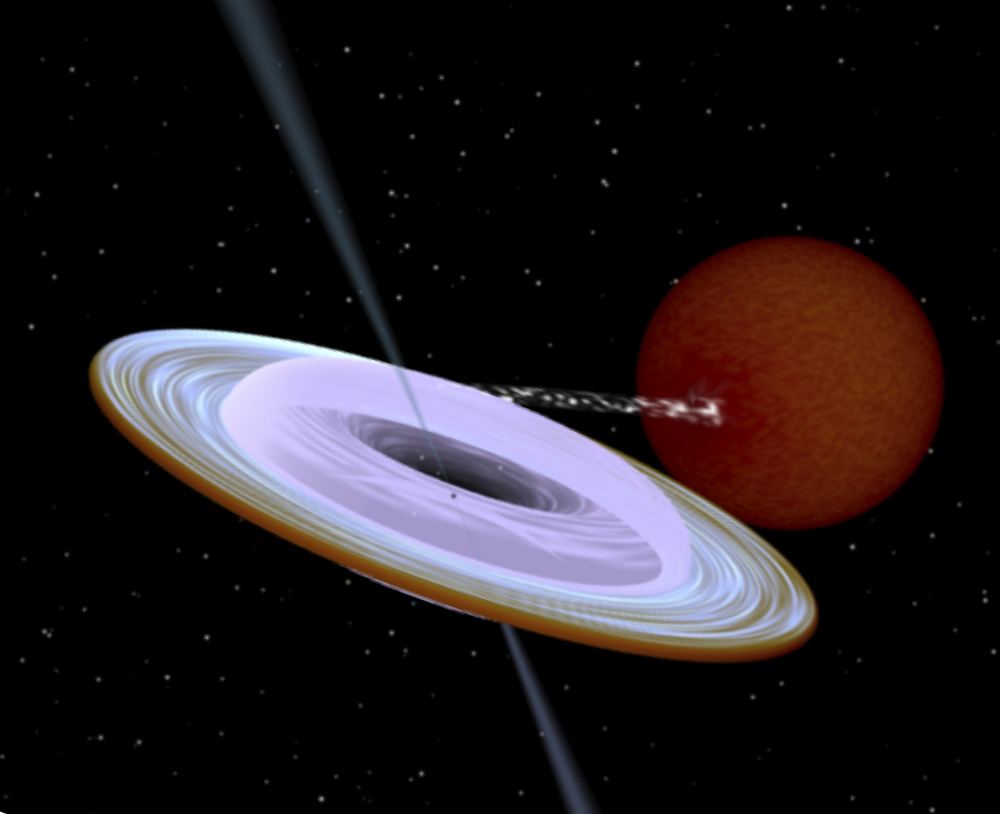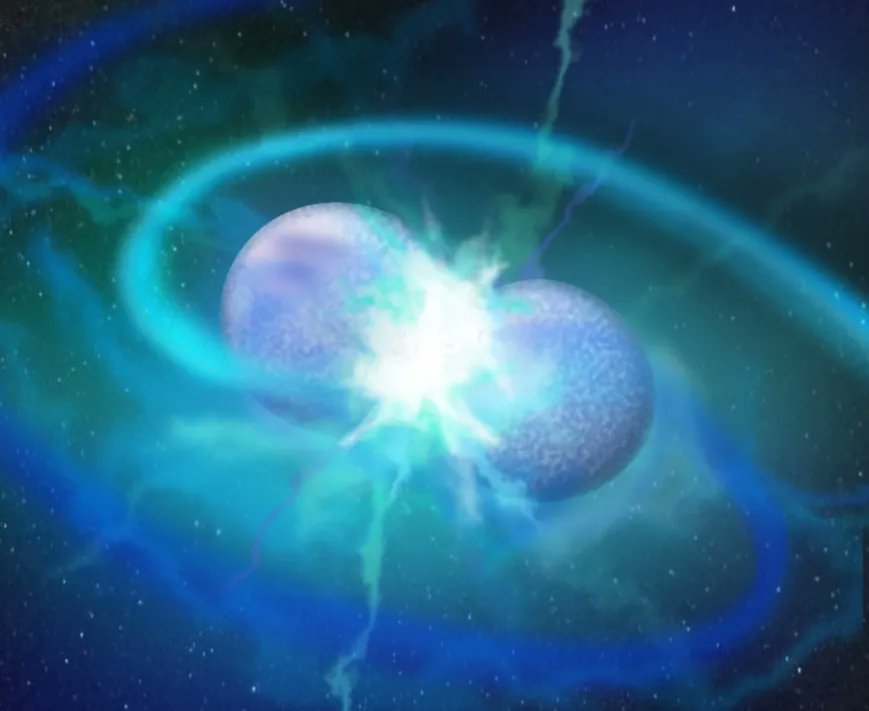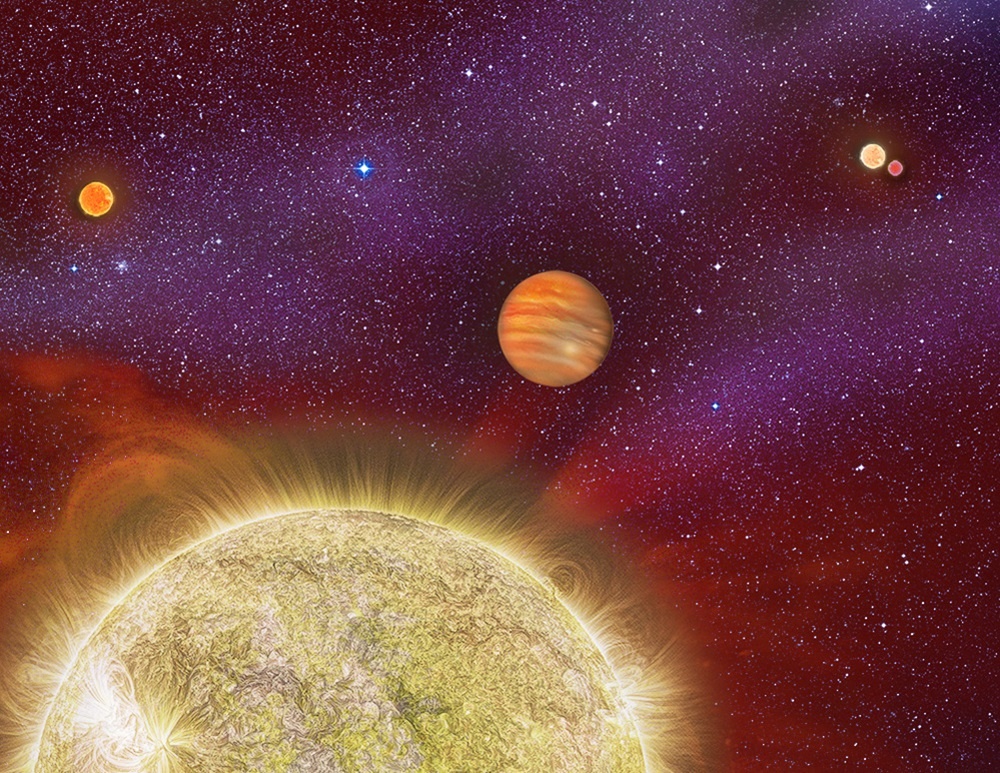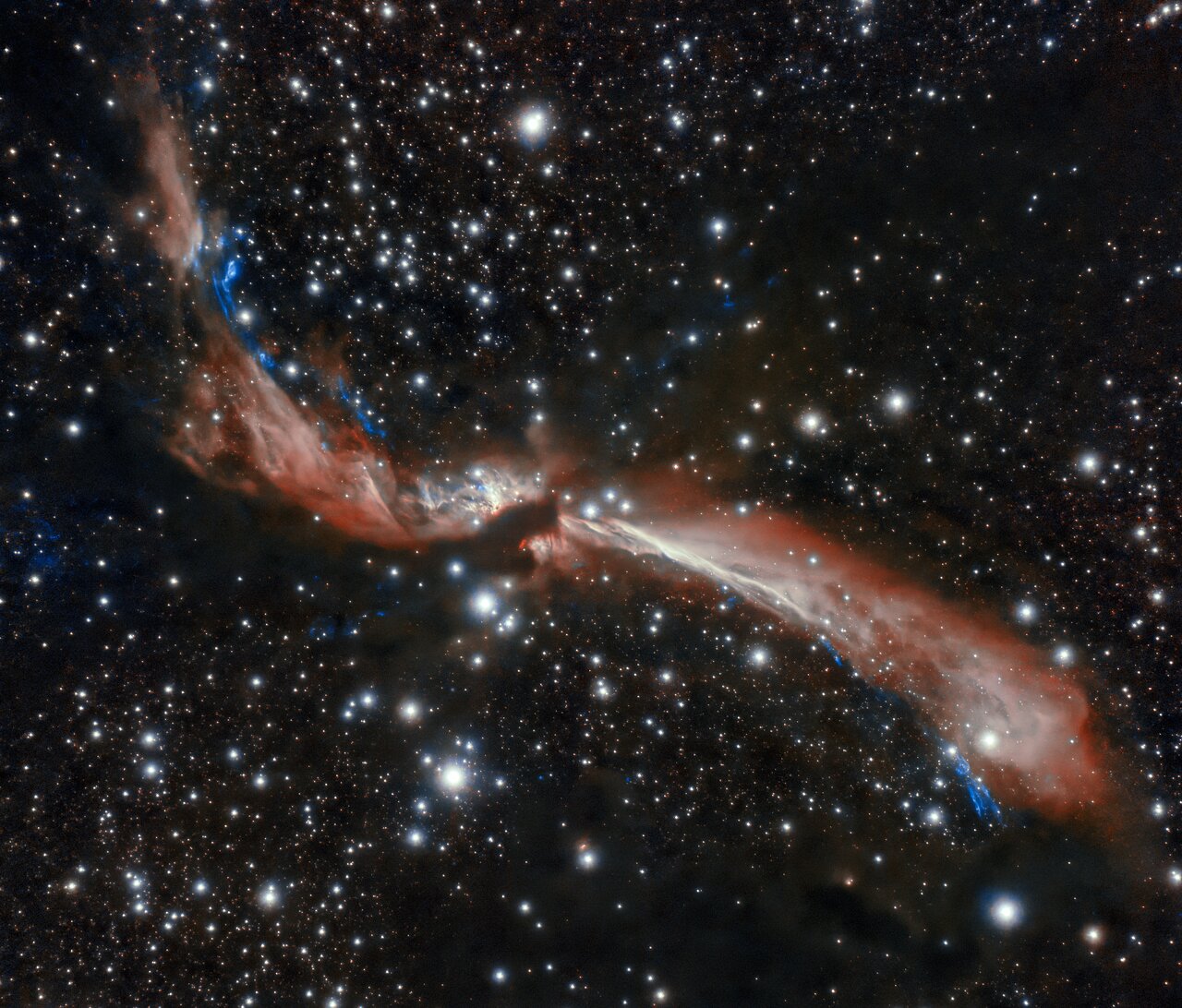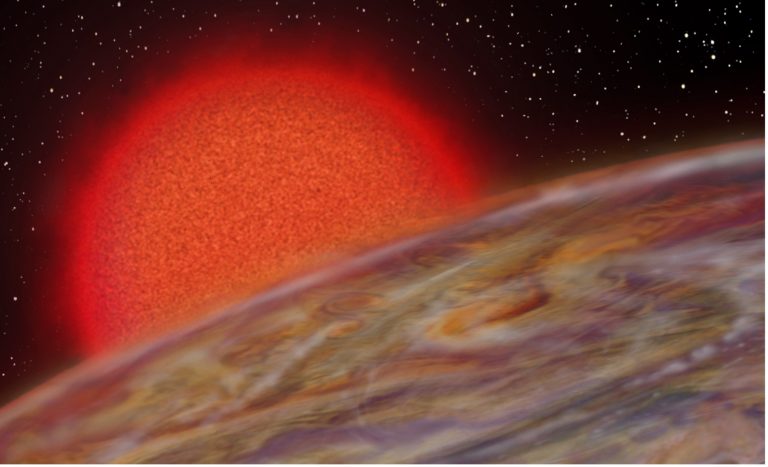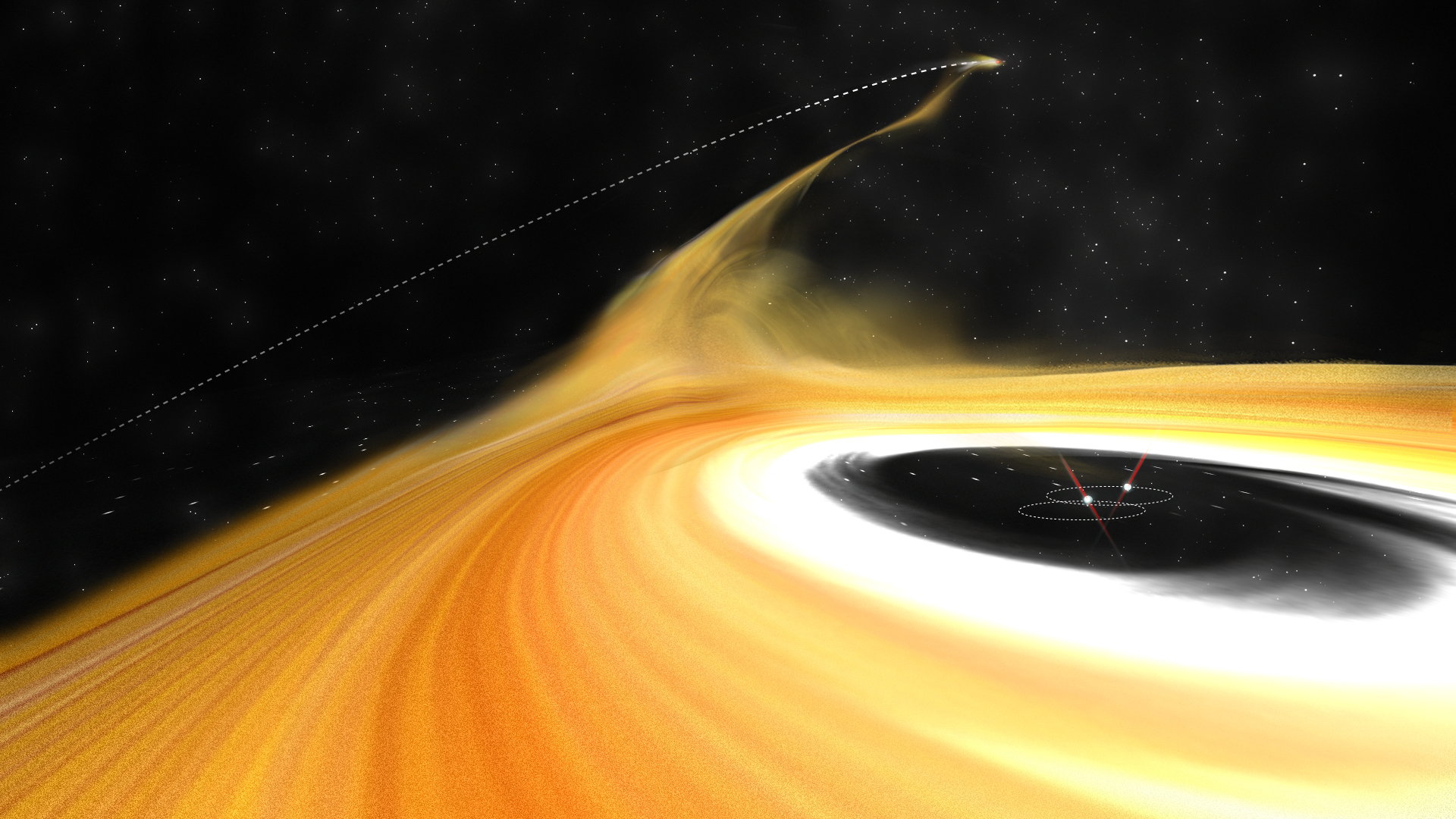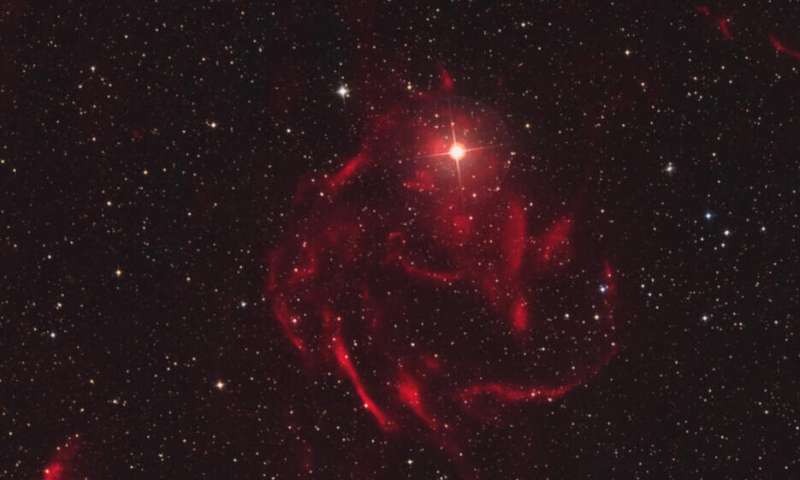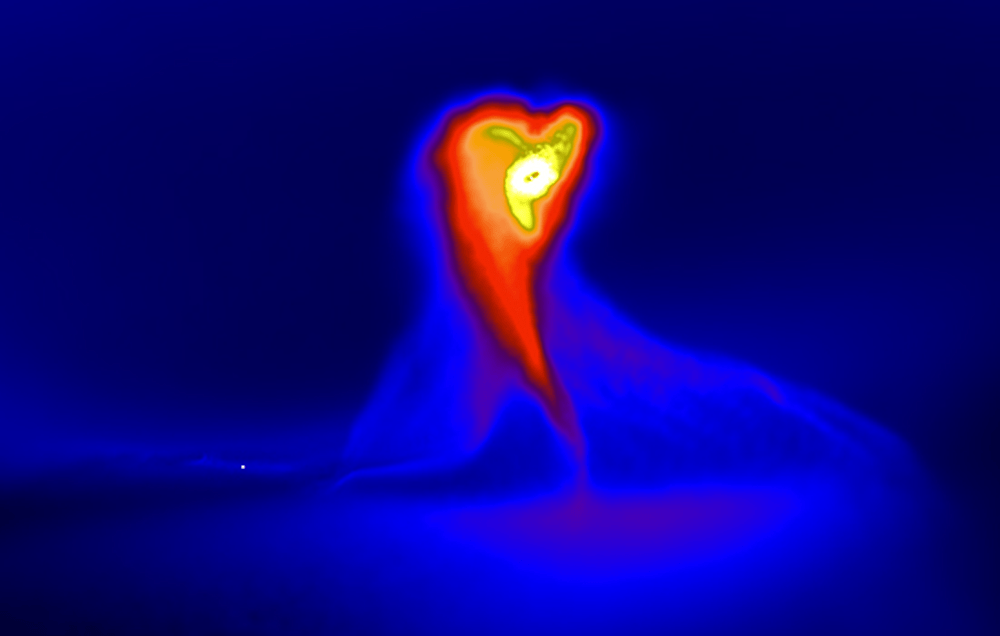Astronomers have watched the young binary star system SVS 13 for decades. Astronomers don’t know much about how planets form around proto-binary stars like SVS 13, and the earliest stages are especially mysterious. A new study based on three decades of research reveals three potentially planet-forming disks around the binary star.
Continue reading “Planets Have Just Started to Form in This Binary System”Planets Have Just Started to Form in This Binary System


